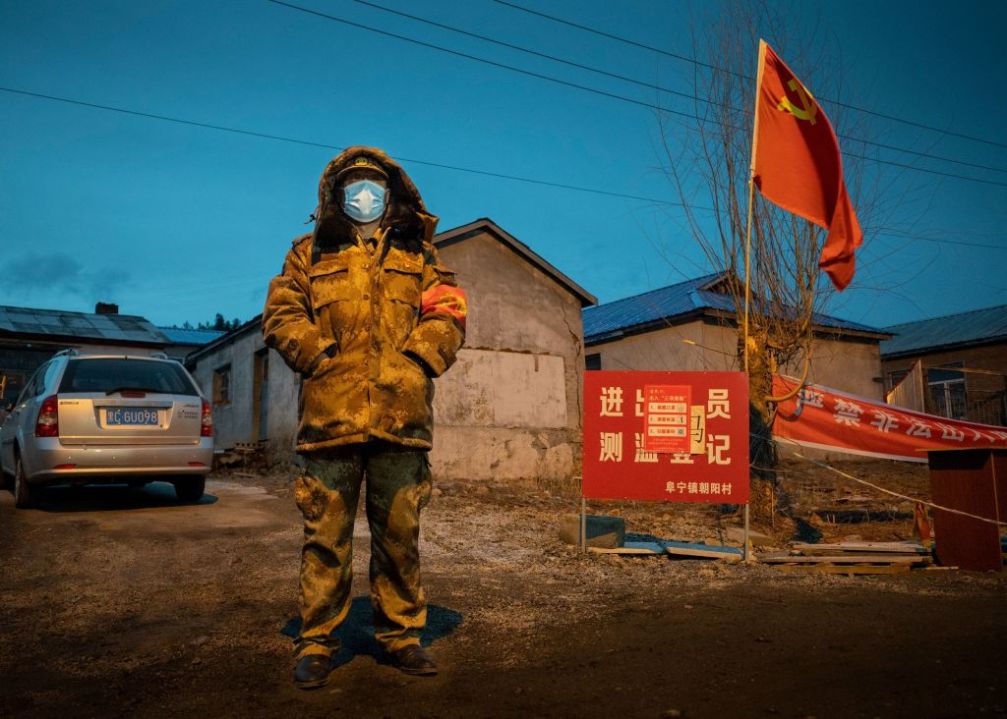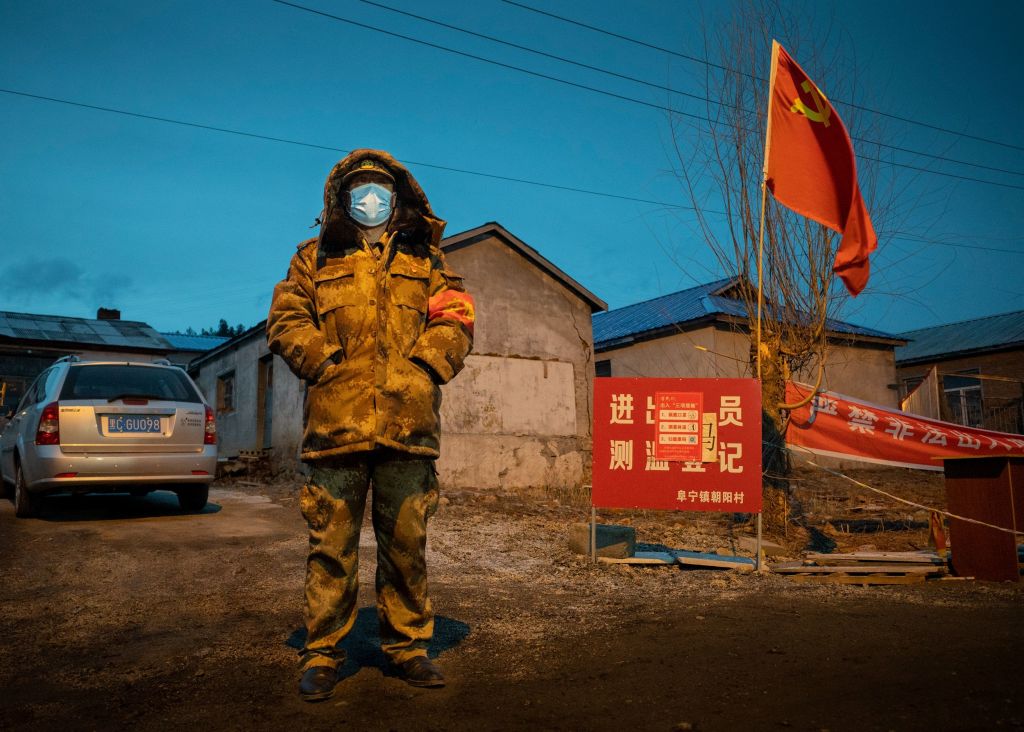Only three New Yorkers had died when Han, a 22-year-old masters student at NYU, caught a plane back to China. It was mid-March, and the WHO had just declared a global pandemic. Han spent an uneventful fortnight quarantined at home in Harbin, the northeastern Chinese city where her parents lived. She passed a series of antigen and antibody tests and was freed in early April. The family celebrated with meals out, and she even flew to Shanghai for a short weekend trip.
This unremarkable student’s itinerary is now well known across the country. Officials say that she is the super-spreader behind at least 50 locally infected coronavirus cases in Harbin. According to official numbers, China has flattened the curve, an achievement symbolised with Wuhan’s liberation earlier this month. But even the official tally of new infections just won’t fall to zero, and Harbin’s cases make up a worrying proportion of it – three quarters of the country’s new local infections in the last week. Officials say there are at least 75 confirmed cases. Harbin is fast becoming the new Wuhan.
Mr Chen, 87, was the first to test positive. He had been in and out of hospital already due to his age. Officials say he had been infected by a friend, whose daughter lived in the same building as the Hans. For whatever reason – perhaps Wuhan made the Harbin officials lax – Chen was able to infect nearly 80 people in a hospital cluster. They call it nosocomial infection, when it’s the other patients on your ward and their spouses, the doctors and nurses and their families who are infected. Two confirmed cases have even popped up in neighbouring regions, and can be traced back to this Harbin hospital.
Contact tracers turned up at Han’s door. When they took her blood this time, she tested positive with antibodies.
How was it possible that the previous four tests she took all marked her as Covid-negative? Yang Zhanqiu, a pathologist at Wuhan university, theorises that the tests might be less effective against new genotypes of the virus, which may have mutated into being as Covid spread around the world. But there is some incredulity on Weibo – isn’t it peculiar that none of Han’s friends and family has been infected, but her downstairs neighbour’s mother’s friend has? ‘How do you know she really is the source?’ One commenter asks.
Regardless of the truth (or perhaps because of it), heads are rolling. Eighteen local party officials, including Harbin’s deputy mayor, have been accused of falling asleep on the job. While they keep their jobs for now, this formal reprimand is a permanent black mark against them in the party bureaucracy, effectively ending their political careers.
Now the city of 10 million people is on partial lockdown, barely three weeks after the Wuhan lockdown was eased. Four districts in the city, including the one where the international airport is located, are fully locked down, with residents unable to leave. The rest of the country is treating Harbin as it might London – anyone arriving from there must undergo a two-week quarantine. Schools, which were meant to open last week, stay closed.
This is the second coronavirus scare that has happened in the formidably named Heilongjiang province (‘Black Dragon River’) this month. Harbin is the province’s capital, but the first scare came from Suifenhe, a little town dubbed the ‘City of Sino-Russian Friendship’, closer to Vladivostok than Harbin. When Russia’s own infections dramatically rose, the rate trebling in one week at the beginning of April, Chinese expats started to flee back to China via the Suifenhe crossing. It was overwhelmed. For a time, this town – described by one Chinese paper as barely visible with a magnifying glass on the map – accounted for two fifths of new infections in China’s official numbers. But imported infections are easy to quell with draconian measures – the crossing from Russia was closed on April 9, with all international borders in China already practising mandatory quarantine. The Chinese Ambassador to Moscow warned other expats – ‘don’t try your luck’. Harbin’s outbreak puts Suifenhe into perspective.
The rest of the country is keen to leave the pandemic behind. My journalist friends there confess of coronavirus fatigue. Life is slowly returning to normal. Sometimes you might even forget there ever was a pandemic; shopping centres are bustling and restaurants welcome patrons back. But the illusion doesn’t last for long. Temperature checks guard all public premises, and shopkeepers can refuse entry to anyone without a ‘green code’ on their health app. Masks are ubiquitous, sometimes mandatory – a video of a few Beijingers subduing an obstinate unmasked foreigner on the street has gone viral. The situation in Harbin is well known, but my family in Nanjing, 1,300 miles away, is not worried. The rites of temperature checks, health app, social distancing, masks, as well as the severe punishment meted out to the Harbin deputy mayor and his friends, serve to reassure. There is discussion of asymptomatic infection, but few believe it’s as high as British optimists hope. One state epidemiologist puts asymptomatic infection at less than five per cent of the total.
But events on the Black Dragon river serve as a reminder to those, in the West and elsewhere, itching for a return to normality. China may not have squashed the sombrero after all, and even if it has, how can any one country escape for long? It only takes the next flight in for a single person to infect a population largely without immunity. As some Western experts have whispered in recent days, without a cure, a vaccine, or herd immunity, we will have to live with coronavirus and expect it to rear its head again, even after an initial victory.








Comments